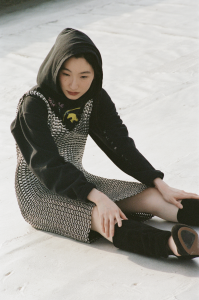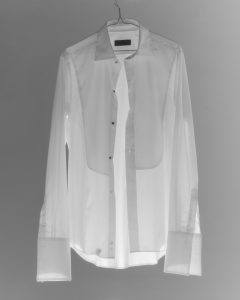David Hellqvist talks to Betty Wood about creating an uncompromising print publication for Timberland
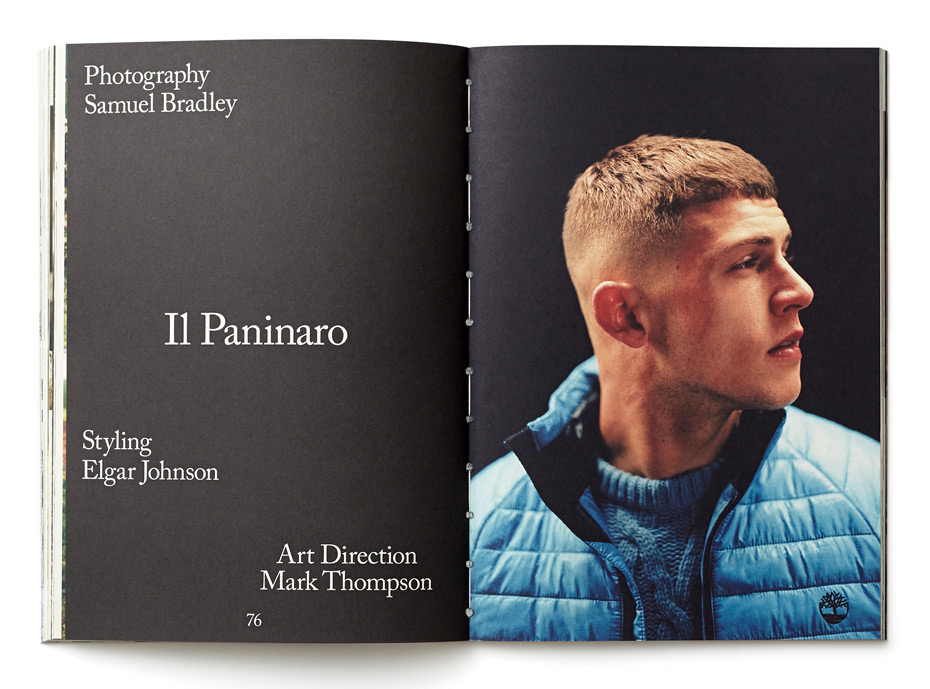
Port’s fashion features editor David Hellqvist has teamed up with art director, Mark Thompson, to launch the first in a series of Documents that explore fashion brands from a new perspective. David talks about crafting editorial without compromise, brand heritage and why it’s more than just another fashion magazine…
What’s the objective in creating the Timberland Document?
The objective was to create a document that showed a different point of view of the brand, an editorial take on Timberland that can only be achieved by a third-party editor.
I’ve always been a big fan of the brand but, to me, its fantastic history was sometimes lost in its sheer size.
We wanted to tell those stories. Document, as an agency, is a great vehicle to do it as it gives us an exclusive insight to the brand, but also an independent viewpoint.
How much creative freedom did you have in creating the publication when working so closely with a brand?
We worked closely with the brand, of course, but all the content ideas are ours.
It was important that it didn’t become yet another in-house book done by the brand themselves. My own experience is that those kinds of books, when produced by the brand, can be a bit stiff and safe – like they’ve got blinders on.
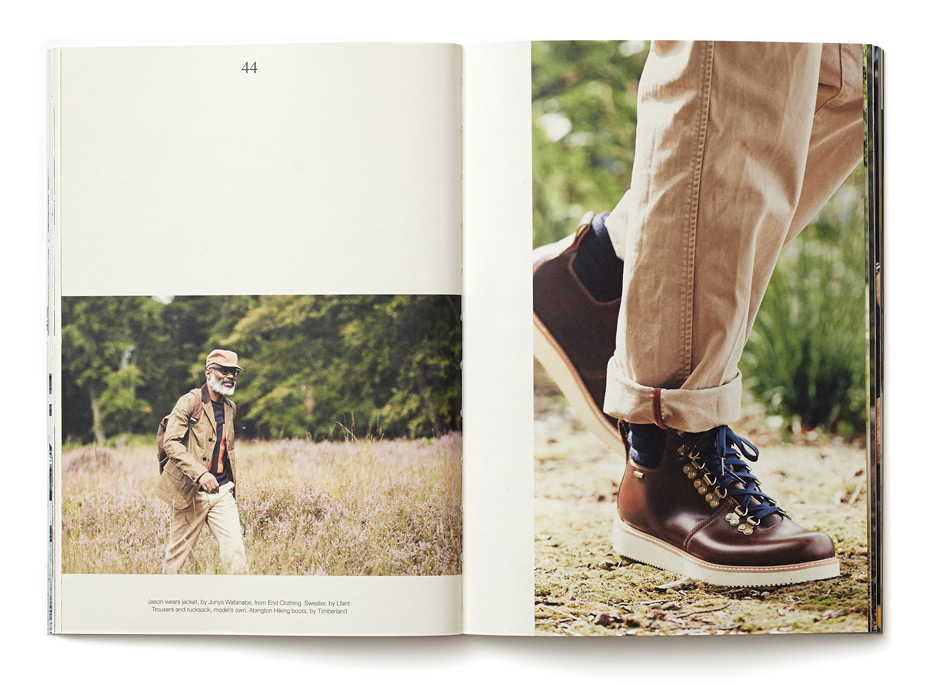
What approach did you take editorially?
To avoid the editorial trap I just mentioned, we looked at the retrospective strengths of the brands. For example, Timberland has an amazing history relating to sub-cultures; it’s been a staple in many youth movements. In the 90s, hip-hoppers in Brooklyn wore the Yellow Boots at the same time as ravers in the UK had them on. Over in Milan, in the late 80s/early 90s, the Paninaro movement looked great in the boots and deck shoes.
We talked about these movements in different ways with different people. Olmes Carretti runs a brand called Best Company in Italy. His sweatshirts were worn by the Paninaro kids, so we tracked him down and talked to him about that time and what the movement meant to him.
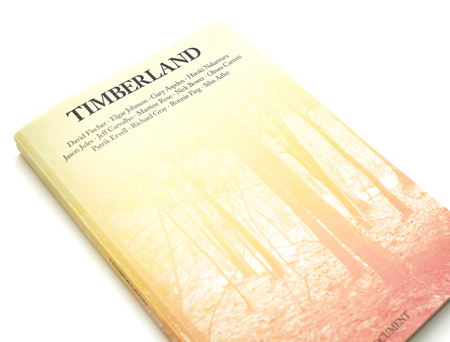
Meanwhile, over in New York, footwear designer and Timberland collaborator Ronnie Fieg worked in a trainer store in the 90s. His tale about customers just giving him style numbers when shopping for Timberland is incredible. Or how they swapped boots from different boxes to get a pair that was exactly right. He used to sell boots to Jay Z every Saturday… His story is a great and alternative way for Document to deal with the hip-hop community’s fascination with Timberland at that time.
But – and this is just as important – we’ve not solely relied on old stories and archive shots… We’ve also tried to make it relevant to 2015. With the Paninaros, for example, we shot versions of what they might look like today. We framed it as two young guys fooling around in London’s Soho one day in May, with the same kind of carefree attitude and the same boots as the original Paninaros, but set more than 30 years after it all began.
We also asked creatives from all over the world, including designers like Hiroki Nakamura from Visvim, Patrik Ervell, Martine Rose and Silas Adler from Soulland, to talk about how, when and why they discovered the brand. Except for Ronnie Fieg, Document also features interviews with Stussy’s head designer, Nick Bower, and all-round footwear expert Gary Aspden [read Port‘s interview with Gary]. Aside from the fact that Stussy has collaborated with Timberland for years, his point of view is relevant to our readers.
What made you choose Timberland to start the series off?
Timberland has it all, really: good products, good history and a great story. They just needed someone to edit it.
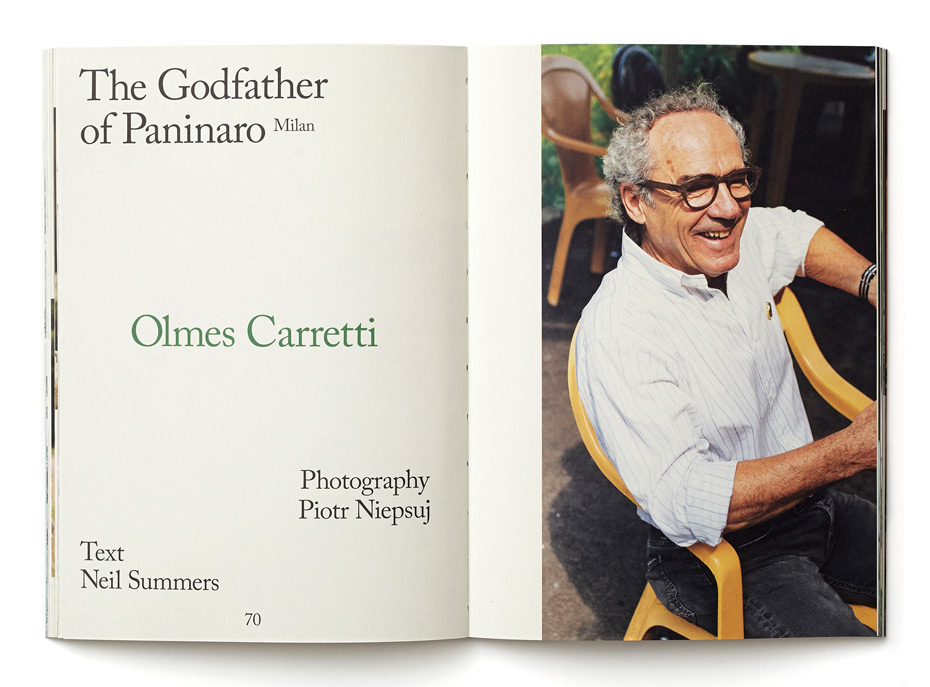
What was the most interesting thing you discovered while putting it together?
Document’s objective is to inspire, educate and create desire among the readers. I loved and wore Timberland pre-Document, but my art director, Mark, wasn’t 100 percent convinced. Now he owns two pairs.
The beauty is that as we worked and researched the brand, we also educated ourselves and created desire within the team.
Is this a one-off, or will there be more editions to come?
This is a long-term project that kind of started two years ago when photographer Morgan O’Donovan and I documented the first ever London Collections: Men. We published a limited edition book run, much like Timberland Document.
Going forward, we will work with a range of brands and organisations on different kinds of Documents. Everyone’s got a different story, which means we’ll have to come up with different ways to tell them.
Photography by Sam A Harris
More info HERE


